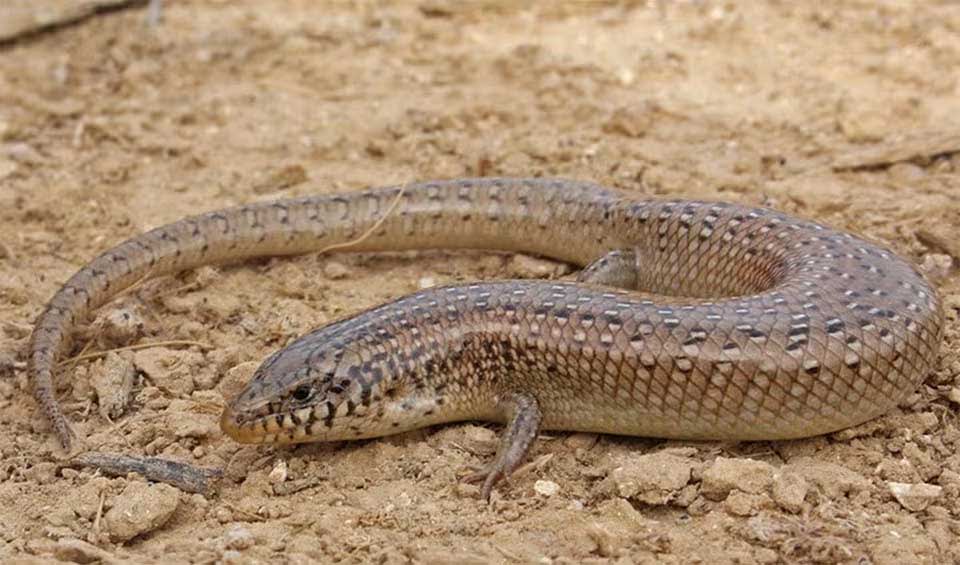Chalcides
The skinks that have it all: three toes, snake-like bodies and sand-burrowing skills
These skinks are known for their elongated, serpentine bodies and diminutive limbs. Often referred to as cylindrical skinks or three-toed skinks due to their distinctive reduced digits, these creatures are a marvel of adaptability and resilience. Their range extends across the diverse landscapes of North Africa and the Middle East, where they navigate a world of shifting sands and scarce resources.
The physical form of Chalcides skinks is a remarkable result of evolutionary specialization. Their tiny legs and extended bodies are not hindrances but adaptations that facilitate their burrowing lifestyle. In the arid environments they often call home, quickly submerging beneath the sand is crucial for both protection from predators and the harsh sun. This behavior not only shields them from the gaze of hungry animals but also serves as a thermoregulatory mechanism, allowing them to seek cooler ground temperatures during the day’s heat and retain warmth when desert temperatures plummet at night.
One of the most dramatic defensive tactics in the Chalcides’ repertoire is caudal autotomy—the ability to self-amputate their tails. When a predator seizes them, the tail detaches and continues to wriggle, creating a visual decoy that often grants the skink precious moments to escape. Remarkably, this tail will later regenerate, which is as intriguing to scientists as it is vital to the skink’s survival.
Species in this genus
Ocellated skink
Stands out with its striking ocelli, or eye-like markings, that adorn its sleek body


